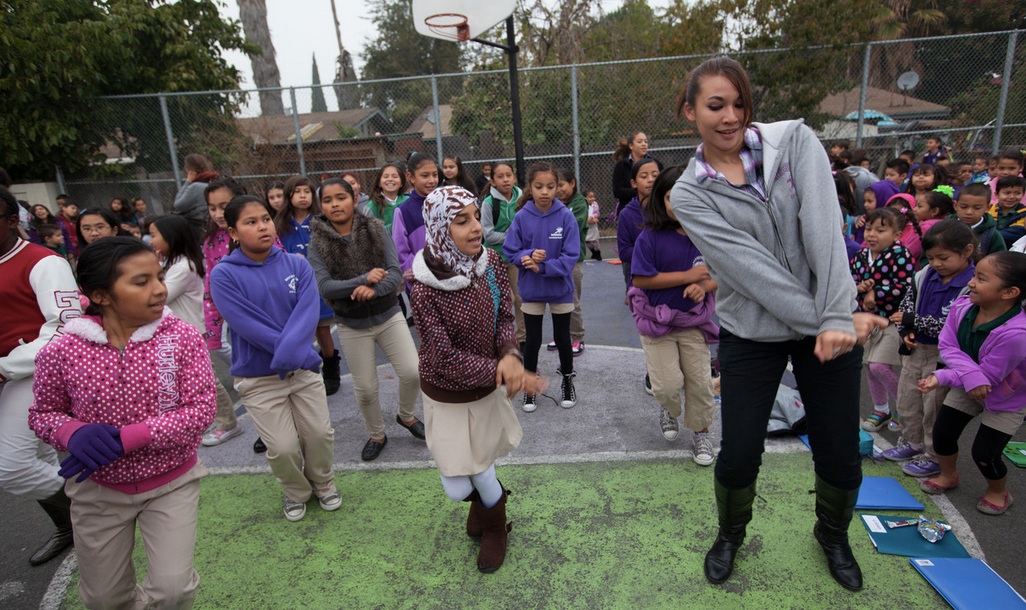
Your Classroom Needs More Dance Parties
by Mary Corder Meagher, GoNoodle
Perhaps it’s the Ron Clark in me that loved a good classroom dance party during my time as a teacher and TFA corps member. On a bad day, happy day, or any day really, there was something therapeutic (for my students and for me!) about blasting the Kidz Bop version of some popular rap song and busting a move. Some of my happiest memories with my students are the moments we spent dancing…on our chairs, around the cafeteria, and occasionally, past the principal’s office.
Dance parties were a big part of my classroom for a laundry list of reasons. They served as a powerful incentive for my students—and a free one, at that! They breathed life into my ELA block on rainy days. They improved my classroom culture. I could go on and on, but it wasn’t until after my time in the classroom that I discovered the science behind why my students seemed so much more engaged after we got our hearts pumping.
Dr. Laura Chaddock-Heyman, research scientist at the University of Illinois-Champaign, specializes in how exercise and fitness relate to the developing brains of children. Her research is ground-breaking because in addition to looking at the academic performance and cognitive ability of children, she has used functional MRI (fMRI) to look at how physical activity changes the structure, communication, and neural functions of kids’ brains.
According to Chaddock-Heyman’s research, physical activity actually causes the brain to light up differently when looking at fit vs. unfit kids. As a once-educator, I find her research astounding. Little did I know that all of those Kidz Bop dance parties were actually causing my students’ brains to function more efficiently, leading to improvements in focus, cognitive control, and performance.
Laura’s research is extensive, but here are three highlights from her studies that prove your classroom needs more dance parties:
- Brain structure. Higher fit children have larger brain volumes in the hippocampus and basal ganglia, which relate to superior performance on tasks of memory and cognitive control, compared to their lower fit peers.
- Structural integrity. Higher fit children show greater white matter structural integrity, which is associated with faster and more efficient communication of signals throughout the brain.
- Brain function. The brain scans of fit vs. unfit kids show differences in brain activation during activities requiring concentration. The scans showed how the brain “lights up” differently while more active children performed the same activities as less active children.
So why not increase physical activity inside of our schools, inside of our classrooms? This research makes the case to fight for recess, P.E., and in-classroom physical activity breaks (AKA brain breaks).
To learn more about Dr. Chaddock-Heyman’s research, check out the Neuroscience for Teachers series on the GoNoodle blog. And whether you’re the dance party type or not, check out GoNoodle for a wide variety of brain breaks that make it simple for elementary teachers to bring more movement (and more brain power) to the classroom in five minutes or less. Sign up for free at GoNoodle.com.
Share your favorite dance moves with us! ➟ @RocketshipEd
This post was originally published on Teach for America’s blog, TeacherPop. It is being republished here with permission from the author.
Mary Corder Meagher served as a 2012 Teach for America Corps Member in Greater Nashville. She now works on the marketing team at GoNoodle, an EdTech company based in Nashville.
Published on January 28, 2015
Read more stories about: Education Reform, Most Popular Stories.


